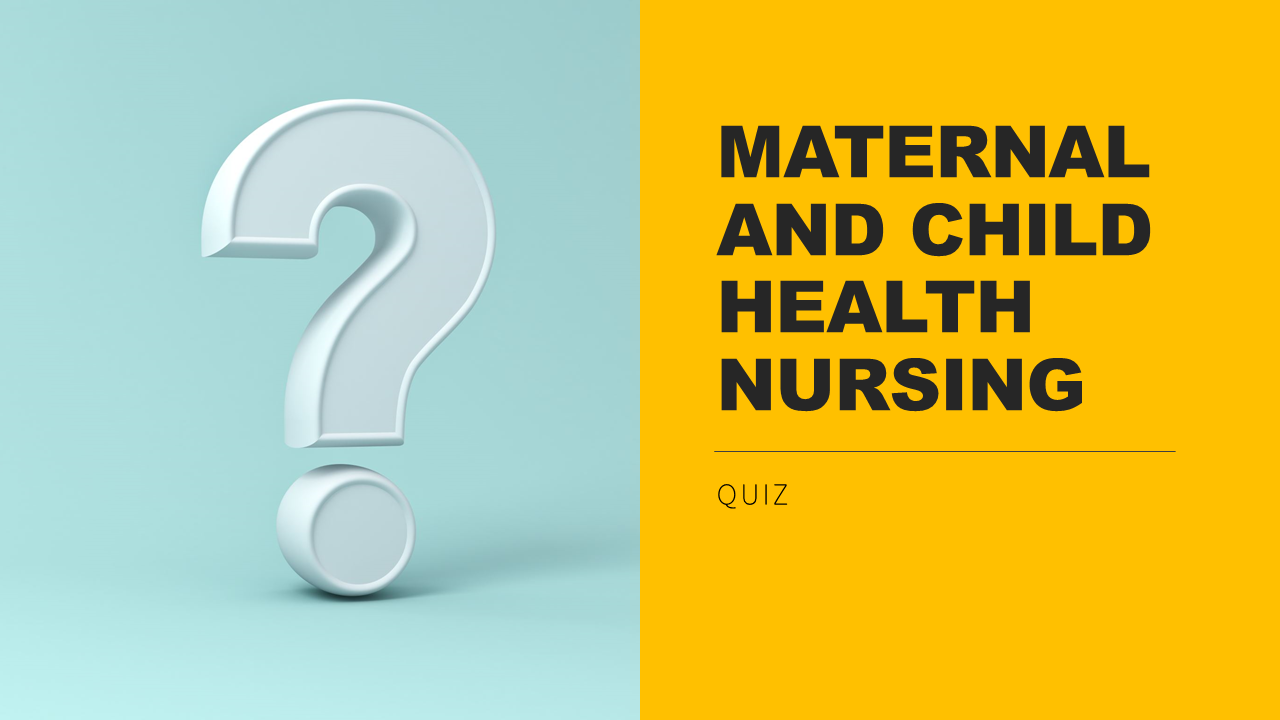Heartburn and flatulence, common in the second trimester, are most likely the result of which of the following?
During the second trimester, the reduction in gastric acidity in conjunction with pressure from the growing uterus and smooth muscle relaxation, can cause heartburn and flatulence.
Which of the following urinary symptoms does the pregnant woman most frequently experience during the first trimester?
Pressure and irritation of the bladder by the growing uterus during the first trimester is responsible for causing urinary frequency.
Cervical softening and uterine souffle are classified as which of the following?
Cervical softening (Goodell sign) and uterine soufflé are two probable signs of pregnancy. Probable signs are objective findings that strongly suggest pregnancy. Other probable signs include Hegar sign, which is softening of the lower uterine segment; Piskacek sign, which is an enlargement and softening of the uterus; serum laboratory tests; changes in skin pigmentation; and ultrasonic evidence of a gestational sac
Which of the following would the nurse identify as a presumptive sign of pregnancy?
Presumptive signs of pregnancy are subjective signs. Of the signs listed, only nausea and vomiting are presumptive signs.
A pregnant client states that she “waddles” when she walks. The nurse’s explanation is based on which of the following as the cause?
During pregnancy, hormonal changes cause relaxation of the pelvic joints, resulting in the typical “waddling” gait.
When assessing the adequacy of sperm for conception to occur, which of the following is the most useful criterion?
Although all the factors listed are important, sperm motility is the most significant criterion when assessing male infertility.
When talking with a pregnant client who is experiencing aching swollen, leg veins, the nurse would explain that this is most probably the result of which of the following?
The pressure of the growing uterus on blood vessels results in an increased risk for venous stasis in the lower extremities. Subsequently, edema and varicose vein formation may occur.
Which of the following represents the average amount of weight gained during pregnancy?
The average amount of weight gained during pregnancy is 24 to 30 lb. This weight gain consists of the following: fetus – 7.5 lb; placenta and membrane – 1.5 lb; amniotic fluid – 2 lb; uterus – 2.5 lb; breasts – 3 lb; and increased blood volume – 2 to 4 lb; extravascular fluid and fat – 4 to 9 lb.
On which of the following areas would the nurse expect to observe chloasma?
Chloasma also called the mask of pregnancy, is an irregular hyperpigmented area found on the face. It is not seen on the breasts, areola, nipples, chest, neck, arms, legs, abdomen, or thighs.
A couple who wants to conceive but has been unsuccessful during the last 2 years has undergone many diagnostic procedures. When discussing the situation with the nurse, one partner states, “We know several friends in our age group, and all of them have their own child already, why can’t we have one?”. Which of the following would be the most appropriate nursing diagnosis for this couple?
Based on the partner’s statement, the couple is verbalizing feelings of inadequacy and negative feelings about themselves and their capabilities. Thus, the nursing diagnosis of self-esteem disturbance is most appropriate.


Share your Results:


